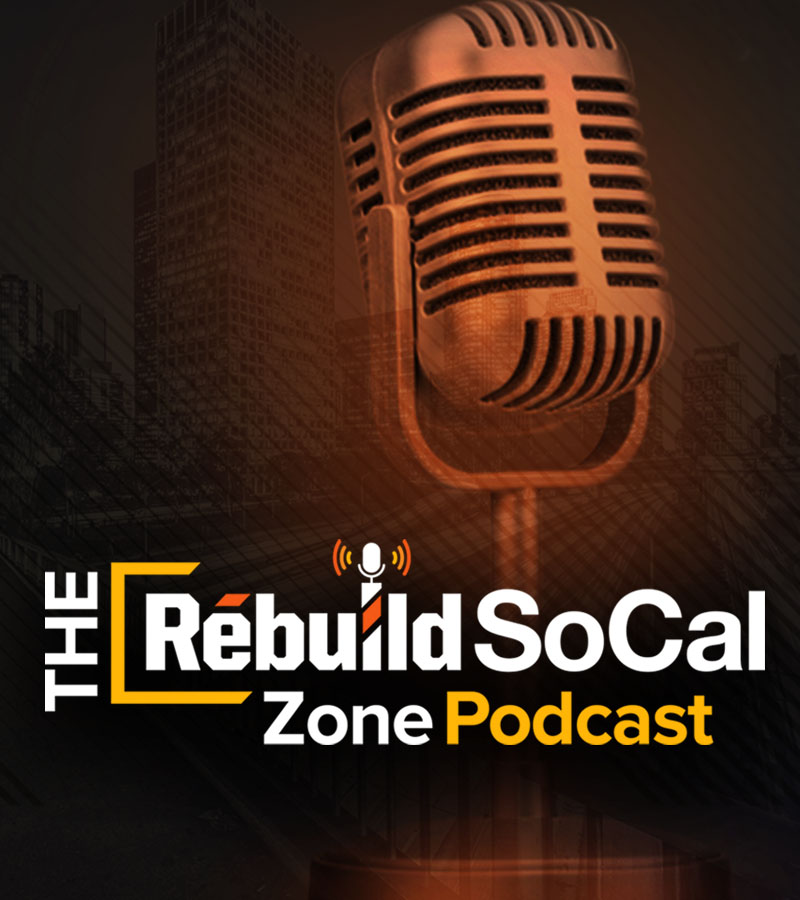Ports often contend with unexpected delays, but the pandemic has brought the biggest disruption since the start of container shipping 65 years ago.
“The Covid-19 pandemic has highlighted that ports are in desperate need of investment,” said John Manners-Bell, chief executive at consultancy Transport Intelligence. “The entire port infrastructure system has been overwhelmed for the past year.”
Globally, there are over 350 container ships stuck outside ports, more than double the number from earlier in the year, according to real-time logistics data. Locally, delays at the ports of Los Angeles and Long Beach — where 40% of all U.S. containerized freight arrives or departs — are nearing a record high once more. There are currently over 30 massive container ships waiting for a berth. It could take up to 12 days to drop anchor and unload cargo so that goods can be distributed to factories, warehouses and businesses across the US.
Unprecedented logjams at ports and supply chain disruptions have clearly impacted Americans. According to a recent Gallup poll, 60% of U.S. adults say they have been unable to get a product they wanted in the past two months, and 57% have experienced significant delays in receiving a product they ordered.
Even before the pandemic, an aging and overburdened port system was under pressure to upgrade infrastructure and build facilities that can handle the new generation of ever-larger ships. $17 billion of the Senate’s $1.2 trillion bipartisan infrastructure bill is allocated for investment in ports and waterways, which Pres. Biden says “are vital to our nation’s freight.” Dr. Sal Mercogliano, adjunct professor of maritime policy at the U.S. Merchant Marine Academy agrees. “The plan to invest $17 billion in the nation’s ports and waterways is essential to alleviate backlogs and improve the nation’s vital supply chain,” he says.
John McLaurin, President, Pacific Merchant Shipping Association, points out that the problem is not simply port congestion. “The issue of congestion extends through the entire supply chain system.” He sees an opportunity to review the entire system “with a purpose of developing policies that will reduce future congestion, increase throughput… and build infrastructure” in order to “make substantial, long-lasting changes in the supply chain that will benefit port communities, the transportation network, and the exporters and importers of goods.”
U.S. Transportation Secretary Pete Buttigieg is focusing on a whole system approach, looking at ways to address all aspects of supply chain disruptions, from clogged ports to the shortage of truck drivers.
Last month, Secretary Buttigieg held a virtual roundtable on congestion at the Los Angeles and Long Beach ports that included the Federal Maritime Commission chair, L.A. Mayor Eric Garcetti and other senior officials to look at ways of reducing congestion at ports.
Together with Labor Secretary Marty Walsh, Buttigieg also held a separate meeting with trucking industry and labor groups to discuss driver recruitment and retention. The American Trucking Associations (ATA) said the industry will need to hire about 1.1 million new drivers over the next decade to keep pace with retirements and growing transportation needs. ATA’s Bill Sullivan said the group is working with the federal government to “make our supply chain more resilient and grow our workforce.”
“For our economy to fully recover, we now need our vital supply chains to operate smoothly and without avoidable congestion,” Buttigieg said.
Source: Various

